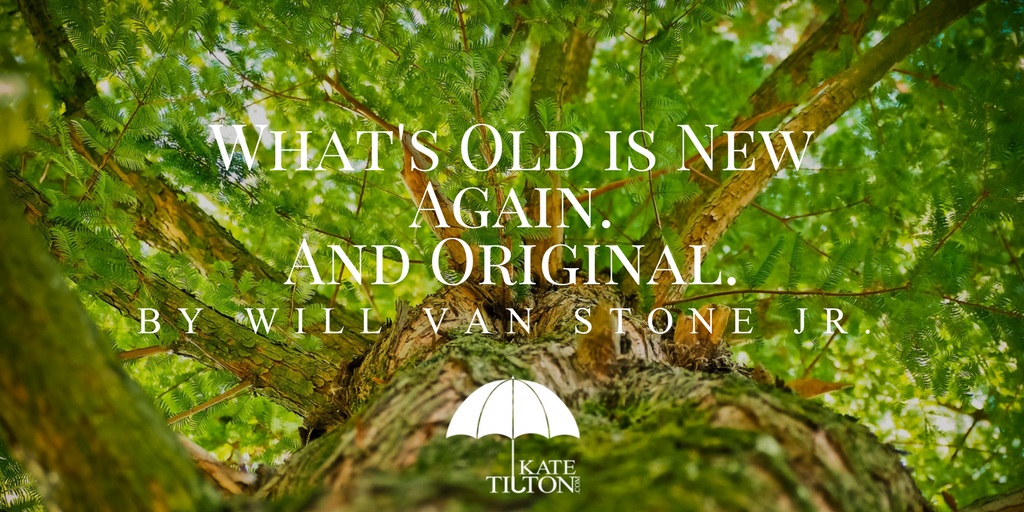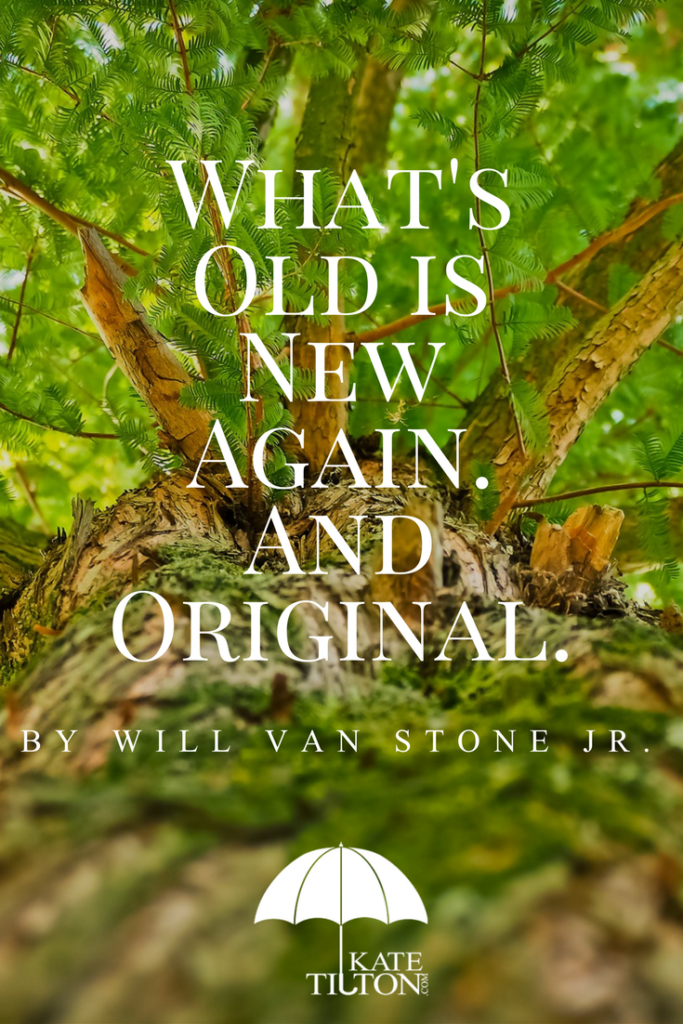
Since The Walt Disney Company released its first animated feature back in 1937, the House That Mickey Built has adapted numerous fairy tales and classic stories into cinematic masterpieces. From Sleeping Beauty to The Little Mermaid to Frozen, Disney has enriched and entertained generation after generation of kids and kids-at-heart with its revamped versions of sometimes dark tales. While many a proud Disnerd has sung along to tunes such as Friend Like Me and Go the Distance, there have been those jaded few who whine and complain about how the House of Mouse waters down the original stories to create sugary sweet shells that neuter the messages of storytellers like The Brothers Grimm and Hans Christian Anderson. Those people don’t get it.
via GIPHY
Just because Happily Ever After wasn’t there in the beginning, doesn’t mean it can’t ever happen. Would you have loved the story of Ariel and Eric nearly so much if the poor redhead had been in unrelenting pain with every step she took? Would you have felt that warm glow if, as Cinderella rode off her with prince, you knew her step-sisters were bleeding from self-inflicted amputations? How about sitting through three attempted murders, committed by the Evil Queen, that ended in her own dance-till-dead demise ordered by the sweet and naive Snow White? Well, maybe that last one but without Disneyfying, we’d have a dead mermaid and blood trails. And where would your childhood be?
Wondering yet why I’m defending Disney’s tale alterations? Well, did you ever think you could learn something from it? Sadly, not everyone got that memo so I’m here to fix that little oversight.
How many different versions of King Arthur’s adventures would you wager exist? If you said a buttload, you’re not even close. Peter Pan, Hercules, King Midas, and other fantastical tales like Arthur’s have been told over and over. In some ways, that’s a good thing as we end up with amazing creations like Pan, The Mists of Avalon, and Xena: Warrior Princess. Sadly, many of those created turn out to be the same refried crap we’ve been fed forever with changes so minute you barely notice them. What Disney does, and far too many authors don’t, is reimagine the familiar instead of retreading. And when Disney re-imagines, they do so in a way that emphasizes their strength as well as the desires of their target audience. Yeah, some Rachel Thompson-inspired market-speak right there. Boo yah!
Think about it. You really think you’d have been all ooey gooey over Ariel and Eric if she’d been in incredible pain every time she took a freaking step and her prince couldn’t get enough of her fancy dancing? Or what if The Hunchback of Notre Dame ended with Quasimodo clinging to Esmeralda’s corpse? Not exactly the things of sweet dreams, are they? Unless your Jeffrey Dahmer, that is. But for much of the rest of us, Disney’s happy endings are a welcome change from the doom and gloom of the source materials.
And, y’know, speaking of serial killers, going all happy times isn’t the only way to re-envision those old tales. Sometimes, as shown in Snow White: A Tale of Terror and Pinocchio’s Revenge, tales that inspired and awed us can also terrify. Or titillate us, as The CW’s new Archie-inspired serial, Riverdale, has (attempted) for five episodes of teenage angst. Not all fairy tales are found in the kid’s row on Netflix.
Personal example time. I’ve got two (of many) books in the works that pull directly from classic stories; Le Fey: Rebellion and The Sea Prince wouldn’t exist (probably) without my lifelong obsessions with King Arthur and The Little Mermaid. But, while my versions are inspired by relatively recent versions of the stories, they are by no means simple retreads. I went back to the originals and deconstructed them piece by piece before rebuilding – and re-molding – then into something new and (fingers crossed) exciting. I feel that the stories retain the hearts of the original while what’s important to me (like LGBT representation) are just as much parts of the story.
Various authors, such as Chretien de Troyes (indirectly, though, through his inclusion of Lancelot), T.H. White and Marion Zimmer Bradley, among many others, inspired the shape of Le Fey, in some cases simply by showing how drastically King Arthur’s story could be changed while still being a King Arthur story. And the same can be said of Anderson’s (gay) love letter as each (good) version I’ve seen has added and subtracted different parts to create something new and shiny.
Anne Rice took Sleeping Beauty and gave us erotica. American McGee took Alice in Wonderland and created psychological horrors while Frank Beddor took the same classic and gave us an epic, fight-for-the-kingdom trilogy that went far beyond Lewis Carrol’s adventure. And let’s not forget ABC’s (oh, look, Disney does it again!) Once Upon a Time’s orgy of fairy tale characters and their never ending battle against evil in the little town of Storybrook. None of these would exist if someone hadn’t read a beloved tale and thought what if…? and crafted their own vision of what makes a story worth telling.
So if you have a burning desire to take the old tales we all know and love and shape them into something new and wonderful, go for it. Just don’t do a simple rewrite or throw in a few meaningless tweaks. Don’t even use Disney’s Disneyfied versions as your only source of inspiration. Seek out the old tales – the originals if possible – and tear them down to their bare bones. From that mess, recreate those tales in your own way, your own voice and with your own passions sewed into the fabric of the story. Maybe you could do for another fairy tale what Bradley did for King Arthur. Take the chance and let your mind go wild. And remember, no matter what anyone says, nothing is sacred. Mix and match to your dark heart’s content.


Leave a Reply